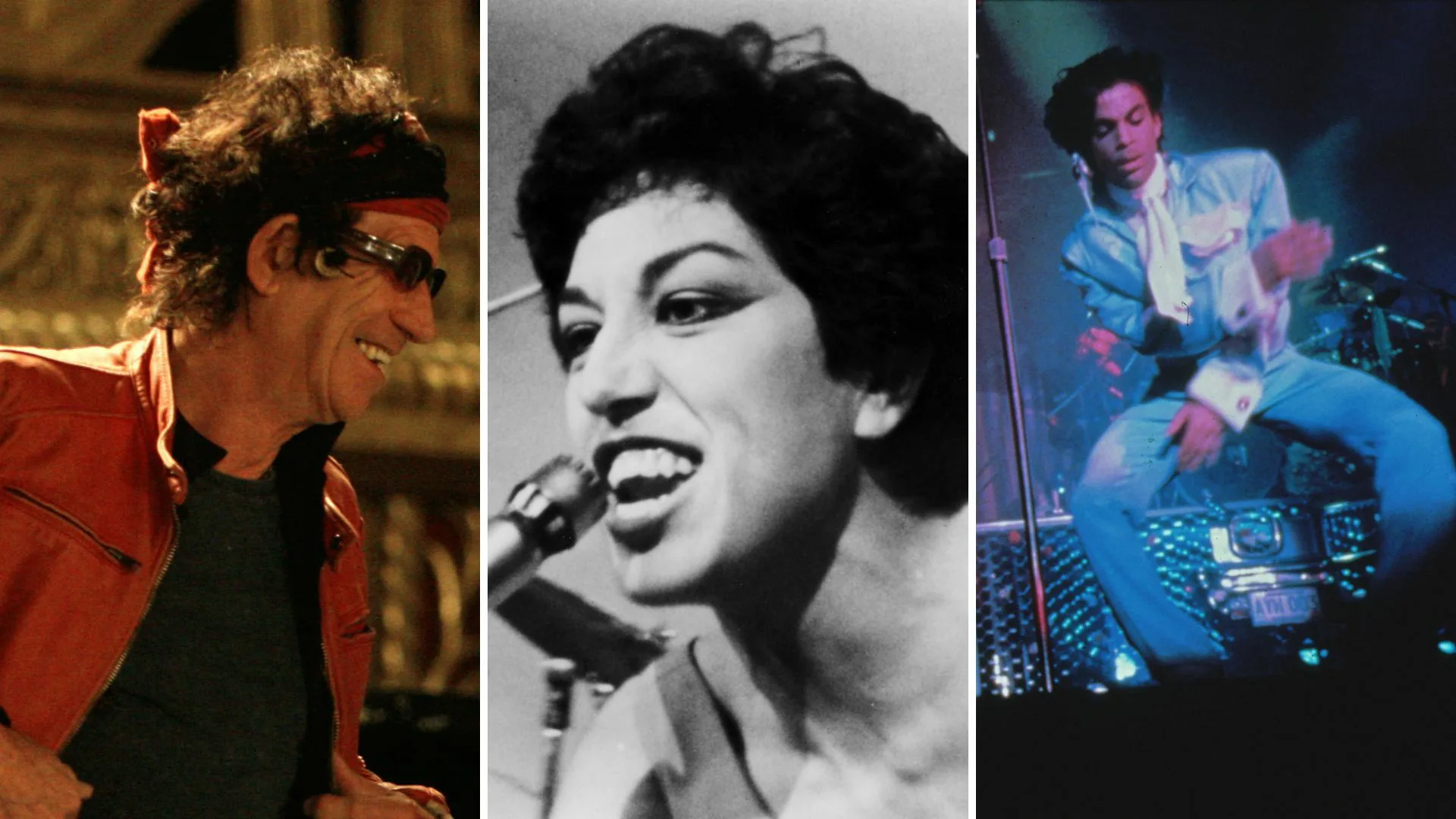 Searching for Sugar Man
Searching for Sugar Man
Explore the fascinating story of Rodriguez, a forgotten musician who mysteriously disappeared from the public eye, only to be rediscovered decades later.
In the late 1960s and early 1970s, Rodriguez was a talented singer-songwriter from Detroit, Michigan. His soulful voice and poignant lyrics captivated those who were fortunate enough to hear his music. However, despite his undeniable talent, Rodriguez failed to achieve significant commercial success in the United States. His albums, “Cold Fact” and “Coming from Reality,” received little attention and quickly faded into obscurity.
Unbeknownst to Rodriguez, his music found a dedicated following halfway across the world in South Africa. In apartheid-era South Africa, his songs resonated deeply with the country’s youth who were seeking an outlet to express their frustrations with the oppressive regime. Bootleg copies of his albums circulated underground, and Rodriguez became a symbol of hope and rebellion for many South African fans.
As the years went by, Rodriguez’s legend grew in South Africa, but little was known about the man behind the music. Rumors spread that he had died tragically or committed suicide on stage, adding to the mystique surrounding his disappearance. However, two South African fans, Stephen “Sugar” Segerman and Craig Bartholomew Strydom, embarked on a quest to uncover the truth about Rodriguez’s fate.
Their journey, chronicled in the documentary film “Searching for Sugar Man,” took them on a remarkable adventure. They discovered that Rodriguez was still alive and living a humble life in Detroit, completely unaware of his fame in South Africa. The news of his rediscovery spread like wildfire, and Rodriguez was soon invited to perform in South Africa, fulfilling the dreams of his loyal fans.
The success of the documentary film and Rodriguez’s subsequent concerts in South Africa brought his music back into the spotlight. His albums were reissued and introduced to a new generation of listeners around the world. Rodriguez’s story became an inspiration for many aspiring musicians who realized that success and recognition can come at any time, even decades after their initial release.
The story of Rodriguez is a testament to the power of music and the enduring impact it can have on individuals and communities. His ability to resonate with a generation of South Africans experiencing oppression and his eventual rediscovery highlight the universality of art and the profound connections it can create.
In conclusion, Rodriguez’s incredible journey from obscurity to fame showcases the unpredictability and magic of the music industry. It serves as a reminder that true talent can transcend time and borders, touching the hearts of people across generations and continents. Rodriguez’s story is a testament to the resilience and enduring power of music, forever etching his name into the annals of musical history.
Amy Winehouse was undeniably a supremely talented artist. Her unique voice, soulful melodies, and raw lyrics captivated audiences around the world. However, behind her extraordinary talent was a troubled soul, battling with fame, addiction, and mental health issues. Winehouse’s tragic story serves as a stark reminder of the destructive power of these demons and the devastating consequences they can have.
Born in London in 1983, Amy Winehouse began her musical journey at a young age. Influenced by jazz, soul, and rhythm and blues, her style was a fusion of genres that set her apart from her contemporaries. Her debut album, “Frank,” released in 2003, showcased her powerful vocals and songwriting prowess, earning her critical acclaim and a dedicated fan base.
However, it was Winehouse’s sophomore album, “Back to Black,” released in 2006, that launched her into superstardom. The album’s lead single, “Rehab,” not only became an international hit but also provided a chilling insight into Winehouse’s personal struggles. The lyrics revealed her resistance to seeking help for her addiction, a theme that became recurrent in her life.
As her fame grew, so did Winehouse’s battles with addiction and mental health issues. Substance abuse became a constant companion, leading to a downward spiral that affected her physical and mental well-being. Her erratic behavior, public meltdowns, and canceled performances became disturbingly regular occurrences, causing concern among her loved ones and fans alike.
Despite her personal struggles, Winehouse continued to create music that resonated deeply with her listeners. Her heartfelt and brutally honest lyrics painted a vivid picture of her tumultuous life, making her songs relatable to those who faced similar demons. It was this raw authenticity that endeared her to millions and solidified her status as an icon.
Tragically, on July 23, 2011, at the age of 27, Amy Winehouse’s battle with addiction and mental health issues came to a devastating end. Her untimely demise sent shockwaves through the music industry and left a void that could never be filled. The loss of such a talented and influential artist served as a wakeup call, highlighting the urgent need for better support and understanding of mental health within the music industry.
Amy Winehouse’s life was one of immense talent overshadowed by personal struggles. Her journey serves as a cautionary tale, reminding us of the dangers of fame, addiction, and untreated mental health issues. Despite her tragic ending, her music continues to touch the lives of millions, a testament to her enduring legacy. Let us remember her not just for her struggles, but for the remarkable artist she was, and the impact she made on the world of music.
Woodstock: A Timeless Experience of Musical Legends
Step back in time and immerse yourself in the iconic music festival that defined a generation and shaped the history of rock music. Woodstock, a three-day extravaganza held in upstate New York from August 15 to 18, 1969, remains a symbol of love, peace, and unity. This legendary event brought together over 400,000 people to celebrate music, freedom, and the counterculture movement. Let’s take a closer look at this historic gathering and the incredible performances by the likes of Jimi Hendrix and Janis Joplin.
Woodstock was not merely a festival; it was a cultural phenomenon. In the midst of a turbulent era marked by war and social unrest, this gathering provided a sense of hope and harmony. The festival’s organizers, Michael Lang, John Roberts, Joel Rosenman, and Artie Kornfeld, sought to create a space where people could come together to celebrate peace, music, and love. Despite initial setbacks and logistical challenges, their vision materialized into an event that would leave an indelible mark on music history.
The performances at Woodstock were nothing short of legendary. Jimi Hendrix, widely regarded as one of the greatest guitarists of all time, captivated the audience with his electrifying rendition of the “Star-Spangled Banner.” His iconic performance not only showcased his unmatched talent but also served as a powerful commentary on the state of the nation. Janis Joplin, known for her soulful voice and raw energy, mesmerized the crowd with her powerful rendition of “Piece of My Heart.” These artists, along with many others, used their music to transcend boundaries and connect with the masses in an unprecedented way.
Woodstock was more than just a showcase of musical talent; it was a cultural melting pot. Attendees came from all walks of life, representing a diverse range of backgrounds and beliefs. The festival provided an opportunity for individuals to set aside their differences and come together through the universal language of music. The sense of unity and shared experience that permeated the festival grounds became a symbol of hope and a testament to the power of music to bring people together.
The impact of Woodstock extended far beyond the festival grounds. It symbolized a turning point in the history of rock music and the counterculture movement. Woodstock became a touchstone for the ideals of peace, love, and music. Its influence can still be felt today, inspiring subsequent generations of musicians, festival organizers, and music lovers around the world.
In conclusion, Woodstock was more than just a music festival; it was a transformative experience that shaped the course of rock music and left an indelible mark on American culture. The performances by legendary artists like Jimi Hendrix and Janis Joplin continue to resonate with audiences today, reminding us of the power of music to transcend boundaries. Woodstock remains a symbol of hope, unity, and the enduring spirit of a generation that dared to dream of a better world.
Witness the unforgettable farewell concert of The Band, featuring guest appearances by music legends such as Bob Dylan, Eric Clapton, Neil Young, and many more. This historic event was captured by the acclaimed director Martin Scorsese, resulting in the iconic film, “The Last Waltz.” The concert took place on November 25, 1976, at the Winterland Ballroom in San Francisco and marked the end of an era for one of the most influential groups in rock history.
“The Last Waltz” is not just a concert film; it is a cinematic masterpiece that showcases the rich musical tapestry woven by The Band. As the group bid farewell to their fans, they were joined on stage by an array of musical legends. Bob Dylan, whose early collaborations with The Band helped shape their sound, made a memorable appearance, performing classics like “Baby Let Me Follow You Down” and “Forever Young.” Eric Clapton’s soaring guitar solos added a touch of blues magic to the evening, while Neil Young delivered an electrifying rendition of “Helpless.”
The film not only captures the incredible performances but also provides an intimate look into the lives and dynamics of the musicians. Martin Scorsese, renowned for his ability to capture raw emotion on screen, skillfully weaves together concert footage, backstage interviews, and behind-the-scenes moments. Through his lens, we get a glimpse of the camaraderie and mutual respect shared among these musical icons.
“The Last Waltz” is more than just a concert; it is a time capsule of the 1970s music scene. The film immortalizes the spirit of that era and serves as a reminder of the cultural significance of The Band. Their unique blend of folk, rock, and Americana influenced countless musicians, and this farewell concert allowed them to pay tribute to their musical journey and bid farewell to their loyal fans.
The concert itself was a grand spectacle, complete with a full orchestra and a horn section. The Band’s members, Rick Danko, Levon Helm, Garth Hudson, Richard Manuel, and Robbie Robertson, showcased their exceptional musicianship, seamlessly transitioning between different genres and creating a mesmerizing musical experience. From the haunting harmonies of “The Weight” to the foot-stomping energy of “Up on Cripple Creek,” the concert is a testament to The Band’s versatility and longevity.
“The Last Waltz” is not just a film for music enthusiasts; it is a tribute to the power of collaboration and the enduring impact of music. It serves as a reminder that great art is created when talented individuals come together and share their passion. Through Scorsese’s lens, we are transported to that magical night in San Francisco and given the opportunity to witness a historical moment in music history. So, take a seat, turn up the volume, and prepare to be captivated by “The Last Waltz.”



